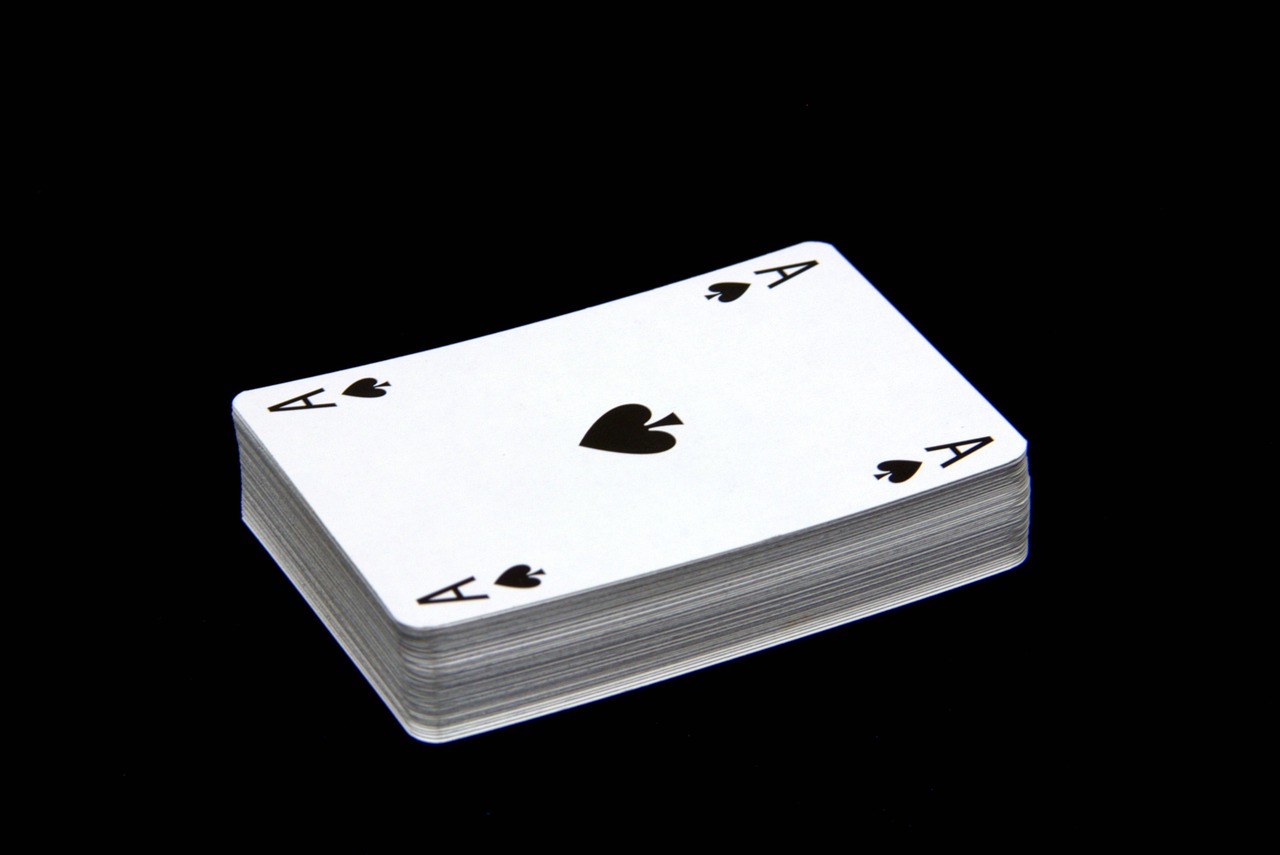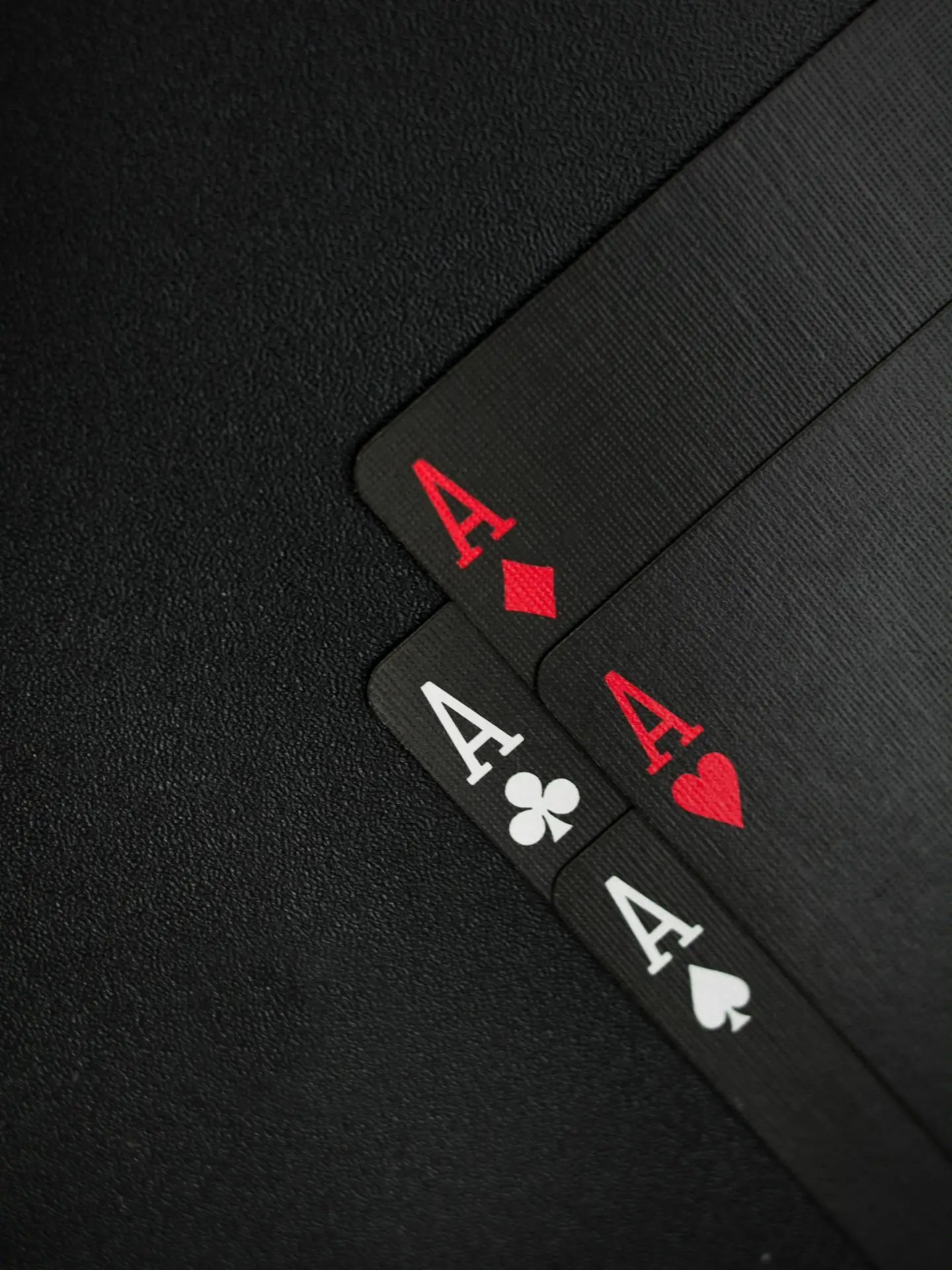Should We ever fold KK Preflop in a cash game.
Folding pocket kings preflop is extremely rare in cash games, but there are a few narrow situations where it can make sense:
1. When Facing Extreme Action
- Multiple 5-bets all-in deep stacked: If you’re playing very deep (300bb+) and two or more players are piling in huge preflop action, KK shrinks in value because the only realistic hands they can have are AA or, less often, KK/AK. Folding might save your stack if you’re certain the action only comes from AA.
- Ultra-tight opponents: Against a nitty player (VPIP 10% / 3-bet 2%) who 5-bets all in for 200bb+, folding becomes reasonable, because their range is almost always AA.
2. Stack Depth Considerations
- 100bb effective (typical cash game): KK is almost always a stack-off preflop hand. Even if you run into AA occasionally, the long-term EV of folding kings in standard spots is terrible.
- 300bb+ effective: The deeper you are, the more dangerous it is to get it in preflop without AA, because the implied losses are massive.
3. Player Pool Tendencies
- In live low-stakes ($1/$2 or $2/$5), almost nobody 5-bets without AA. If you’re up against an old man coffee type who 5-bets your 4-bet shove, you can make the hero fold and sleep at night.
- Online mid/high stakes, players are capable of blasting wider (AK, QQ, bluffs), so folding KK preflop is almost never correct.
 Rule of Thumb:
Rule of Thumb:
- 100bb deep or less → Never fold KK preflop.
- 200bb+ deep vs. a nitty player pool → Consider folding only to massive cold 4/5-bet shoves.
Example 1: 100bb Cash Game, Standard Ranges
- Blinds: $1/$2 (100bb = $200 effective)
- Villain 4-bets all-in after you 3-bet with KK.
If villain’s 4-bet all-in range is {QQ+, AK}:
- Equity (KK vs QQ+, AK) ≈ 66%
- Pot odds if you call: You’re risking $200 to win $200 already in the middle → 33% equity needed.
- Since 66% > 33%, calling is massively +EV.
- Folding here is a big mistake.
Example 2: 100bb vs Super Tight Villain
If villain only 5-bets with AA:
- Equity (KK vs AA) ≈ 18%
- Pot odds: still need 33% equity.
- 18% < 33% → You are making a losing call.
- Folding KK is correct here.
But… how often does someone only shove AA preflop? Almost never at 100bb, unless you’re against the tightest nit at $1/$2 live.
Example 3: Deep Stacks 300bb (Live Cash)
Now blinds are $2/$5, and you and villain both have $1,500 stacks.
Villain 5-bets all-in $1,500 and you hold KK.
If villain’s range is {AA only}:
- Equity (KK vs AA) = 18%
- Pot odds: You’re risking $1,500 to win $1,500 → still need 33% equity.
- You lose on average $225 every time you call.
- Folding saves you a huge chunk long term.
Example 4: Multiway Madness
Suppose you’re in a live $2/$5 game with $1,000 stacks.
- UTG nit opens.
- Another nit 3-bets.
- A third nit 4-bets all-in.
You hold KK in the big blind.
Multiway ranges this tight often collapse into AA heavy spots. KK shrinks badly in value, and folding preflop actually makes sense.
Takeaways
- 100bb standard cash games → Always stack off KK unless you’re 100% certain villain only ever 5-bets AA.
- 200bb+ vs ultra-nits → Folding KK becomes defensible.
- Multiway 4/5-bet shoves → Folding KK is often the disciplined move.
- In practice: at low stakes, almost never fold. At high stakes or deep live games, you sometimes have to.
Actual Hand Review:
I raised 15 UTG. BTN 3 bets to 30.
Villain is a lose older guy who is currently on a sun run at the table. Bought
in for $300 has close $1200 after an hour. Effective stack is me at $240.
I 4 bet to $100 and he Jams all in. I have played multiple session with this
guy, and I have seen him do this with 99, AJ suited.
- Pot = $340
- Villain shoves, you need to call $140
- Villain has AA, you have KK
Step 1: Pot odds
When you call $140, the total pot will be:
340+140=480
Your call is $140 to win $480.
So your required equity is:
140480=0.2917≈29.2%\frac{140}{480} = 0.2917 \approx 29.2\%480140=0.2917≈29.2%
Step 2: Actual equity (KK vs AA)
Equity(KK vs AA)≈18%Equity(KK \text{ vs } AA) \approx 18\%Equity(KK vs AA)≈18%
Step 3: Compare
- Needed equity: 29.2%
- Actual equity: 18%
Since 18% < 29.2%, you do not have the correct odds to call.
Folding is the correct decision if you know villain has AA.
Step 1: Equity of KK vs {AA, AK}
- KK vs AA = ~18%
- KK vs AK = ~70%
Now it depends on the weighting (how often villain has AA vs AK).
Step 2: Equal weighting (50% AA, 50% AK)
Equity=(0.5×18%)+(0.5×70%)=9%+35%=44%Equity = (0.5 \times 18\%) + (0.5 \times 70\%) = 9\% + 35\% = 44\%Equity=(0.5×18%)+(0.5×70%)=9%+35%=44%
Step 3: Compare to required equity
- Needed = 29.2%
- Actual = 44%
Correct call — profitable long term.
Step 4: What if Villain is more AA-heavy?
- If villain has AA 75% of the time, AK 25%:
Equity=(0.75×18%)+(0.25×70%)=13.5%+17.5%=31%Equity = (0.75 \times 18\%) + (0.25 \times 70\%) = 13.5\% + 17.5\% = 31\%Equity=(0.75×18%)+(0.25×70%)=13.5%+17.5%=31%
Still slightly above 29.2% → calling is barely profitable.
- If villain has AA 80%+, AK 20%-:
Equity drops below ~29% → folding becomes correct again.
Takeaway
- If villain shoves only AA → fold KK (not enough equity).
- If villain shoves AA + AK at any reasonable mix (≥25% AK) → you do have the odds to call.
- The decision really comes down to how often villain jams AK.
A few highlights from the data:
- 100% AA →
Fold (18% equity).
- 75% AA / 25% AK →
Call (31% equity).
- 75% AA / 25% QQ →
Call (34% equity).
- 75% AA / 25% bluffs →
Call (33.5% equity).
- 50% AA / 50% AK →
Call (44% equity).
The moment villain adds any reasonable mix of AK, QQ or bluffs, KK almost always becomes a profitable call.


